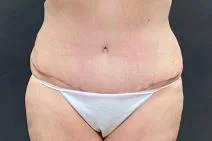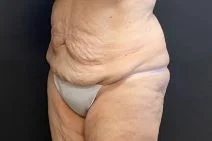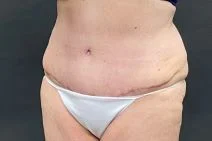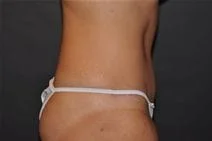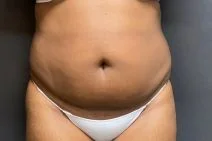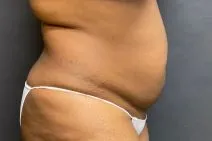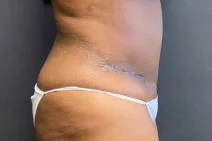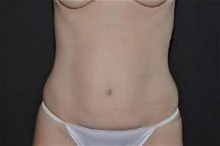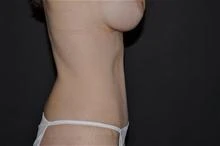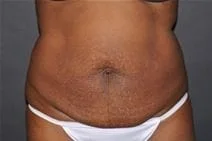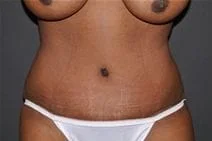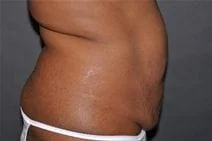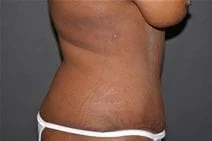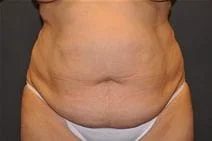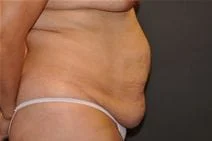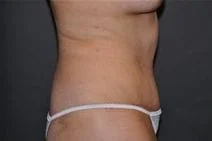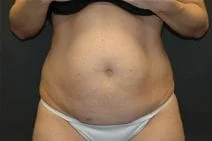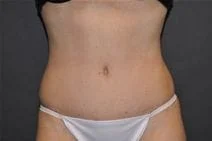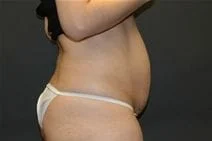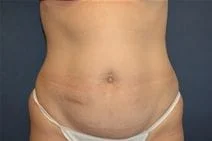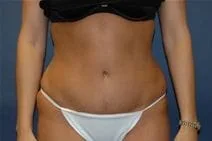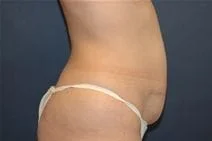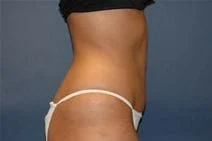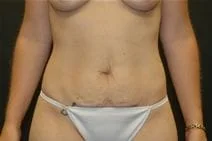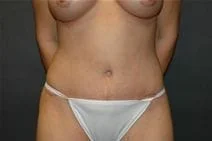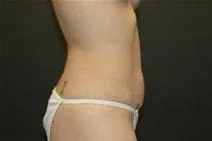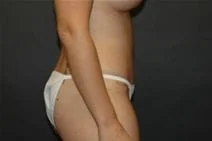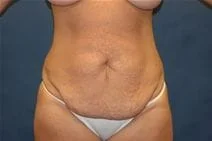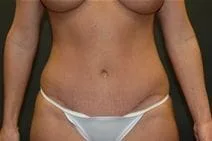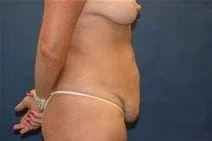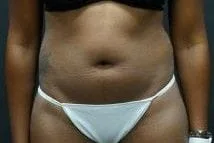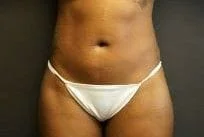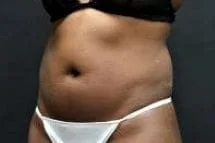Abdominoplasty (Tummy Tuck)
This is a procedure that requires extra commitment on the part of the patient, but consistently affords dramatic improvements in body contour. There are 3 components to the abdominoplasty: removal of excess skin, tightening of the abdominal wall muscles, and liposuctioning the excess fat in the flank areas. The best candidates for abdominoplasty have substantial excess skin, loose abdominal muscles (separation of the rectus abdominus muscles or diastasis), and excess bulges in the flank areas. Hernias from previous surgeries are routinely repaired at the same time, and old scars are removed from previous C-sections, hysterectomies and appendectomies. Skin quality is also improved, as older, wrinkled, loose skin is replaced with skin under mild tension. This provides smoothing of wrinkles and effacement of stretch marks. The muscle tightening dramatically reshapes the abdomen to a more curvaceous figure, which by itself, accentuates the bustline and hips.
Use of intraoperative ultrasound-guided TAP (transversus abdominus plane) blocks with long-acting anesthetic (liposomal bupivacaine) has been a gamechanger with respect to postoperative patient experience. Patients experience substantial pain relief for up to 72 hours, and by that time they are past the most painful postoperative phase. Implementation of Enhanced Recovery After Surgery protocol reinforces the beneficial effects of the ultrasound-guided regional blocks. Most patients are comfortable with using a combination of acetaminophen (Tylenol) and celecoxib (Celebrex) in the postoperative period. This opioid-sparing pain management protocol has eliminated many of the undesirable side effects of traditional opioid pain medication (nausea, vomiting, and constipation) while improving patient pain scores, satisfaction and experience. Dr. Lindsey has expertise with this method of pain management, and has published these methodologies in the peer-reviewed journal, Annals of Plastic Surgery.
The improved abdominal contour is immediately evident, although continued improvement occurs for up to 6 months. Early ambulation (starting on the day of surgery) is a must. The muscle tightening sutures must be protected with abdominal support (abdominal binder) for 6 weeks postoperatively, followed by continued support with a lighter garment (panty girdle, Spanx or Bodyformer) thereafter. Two weeks off work is the norm for patients who do not have physically demanding or manual labor-type jobs.



